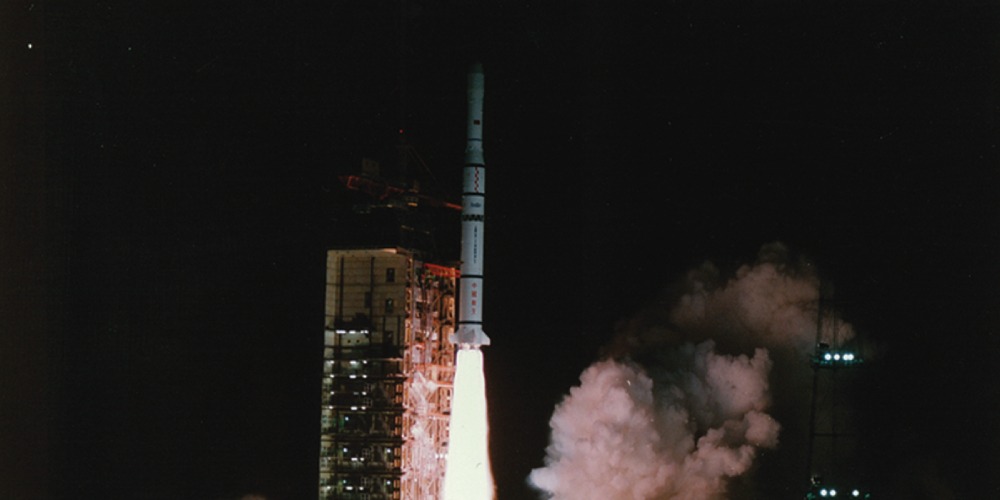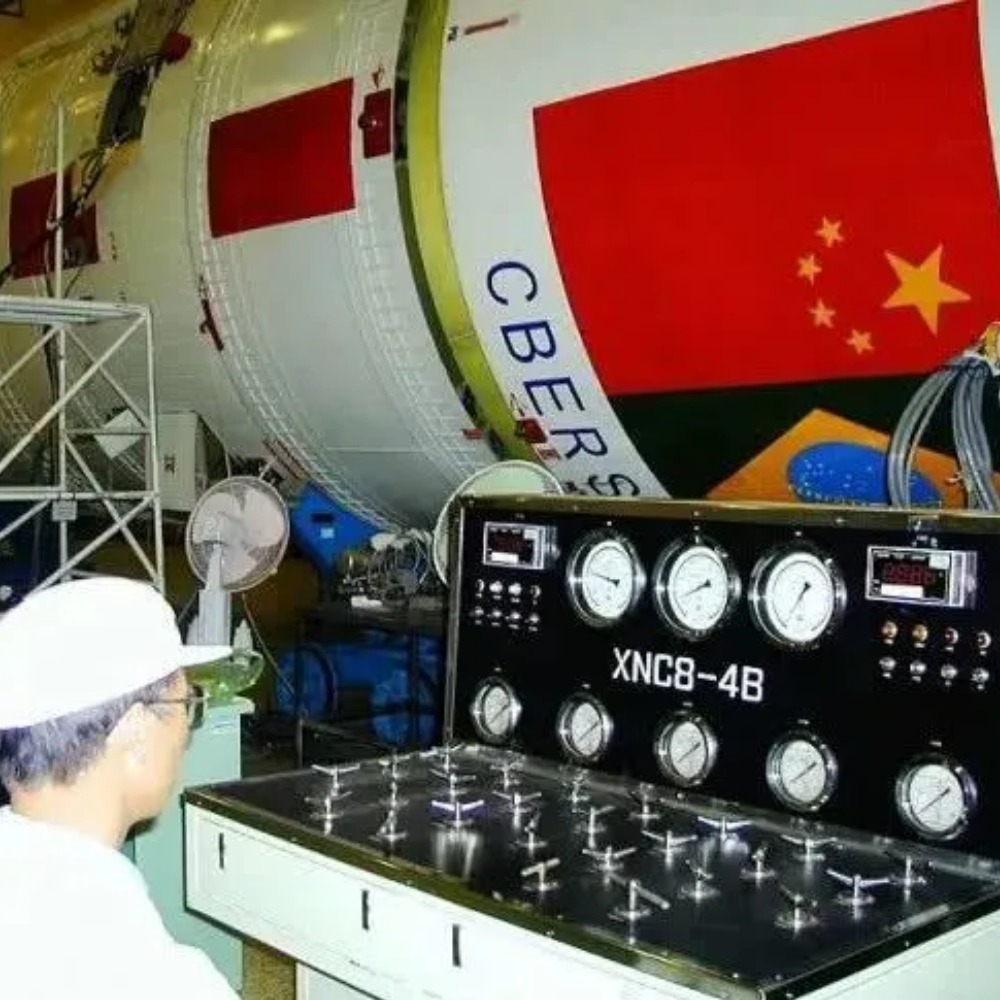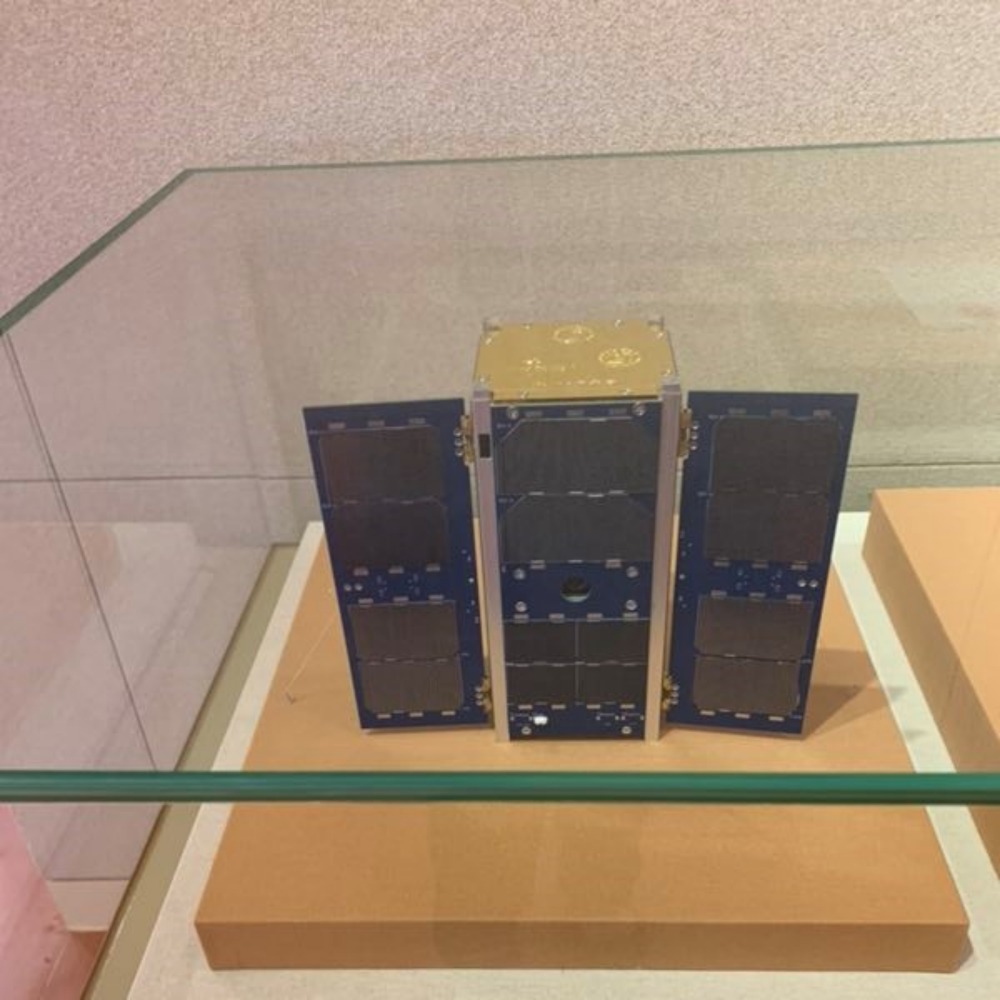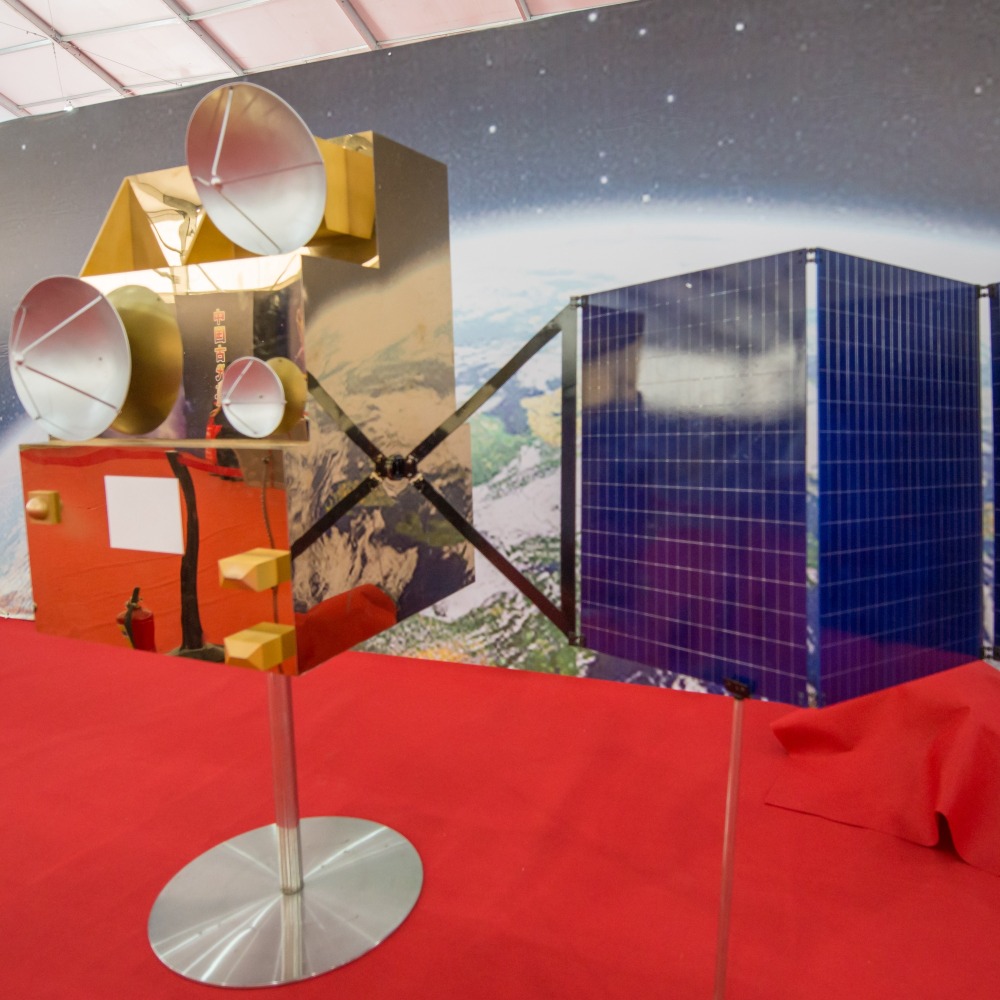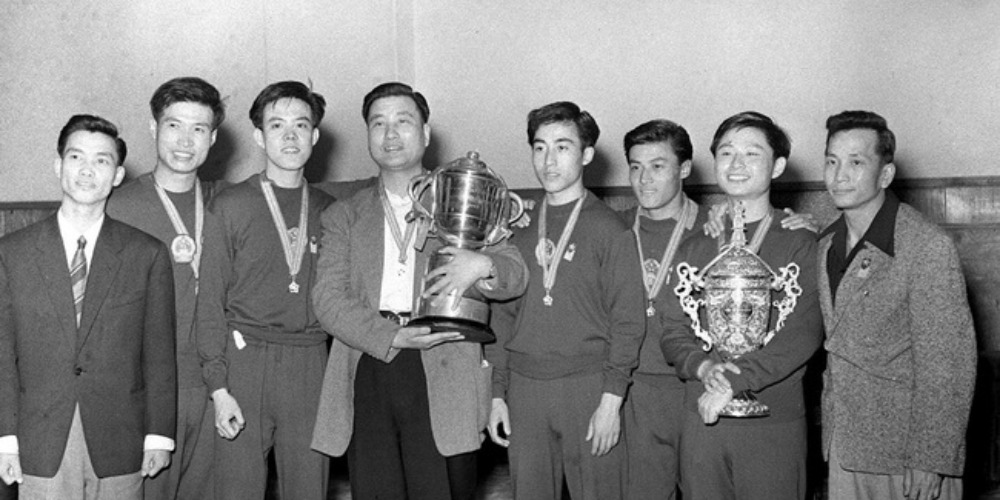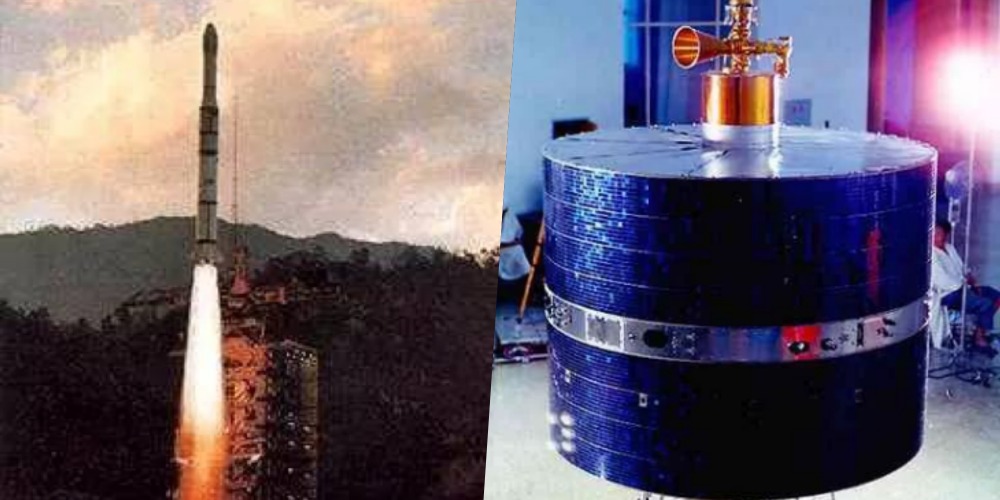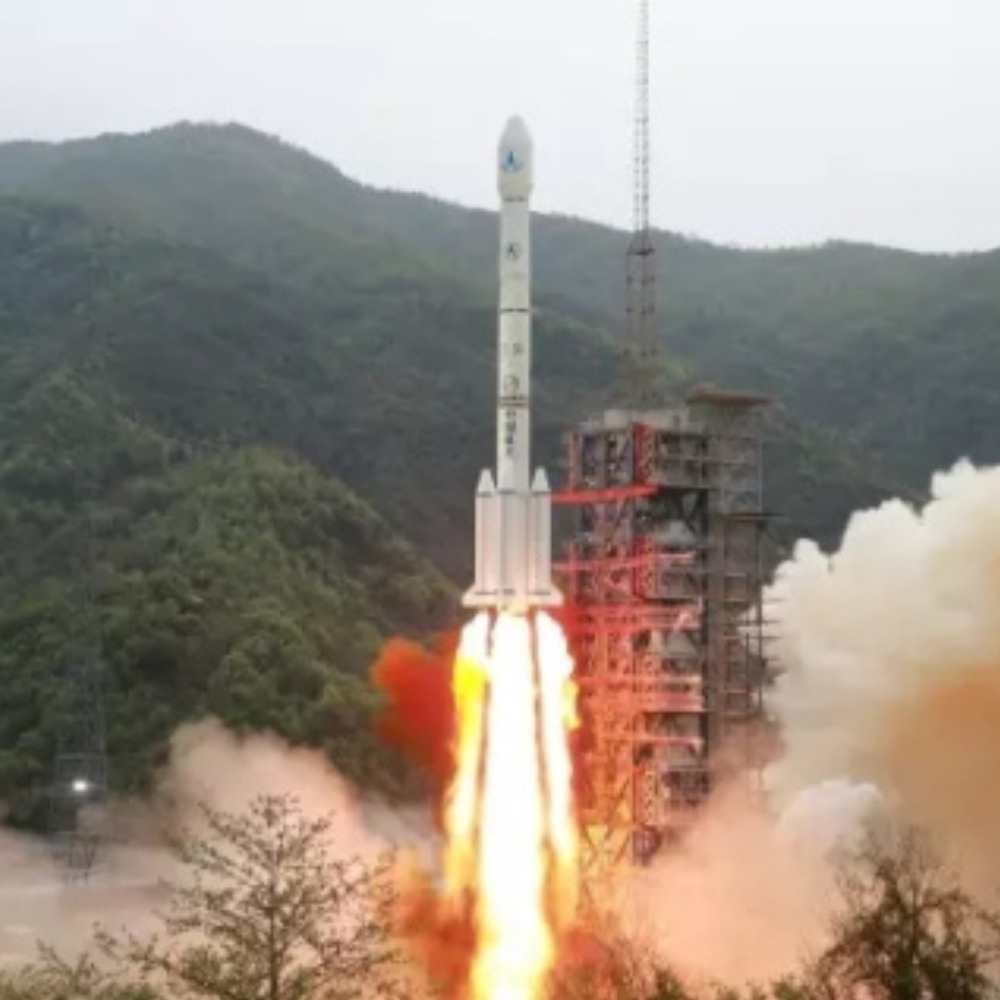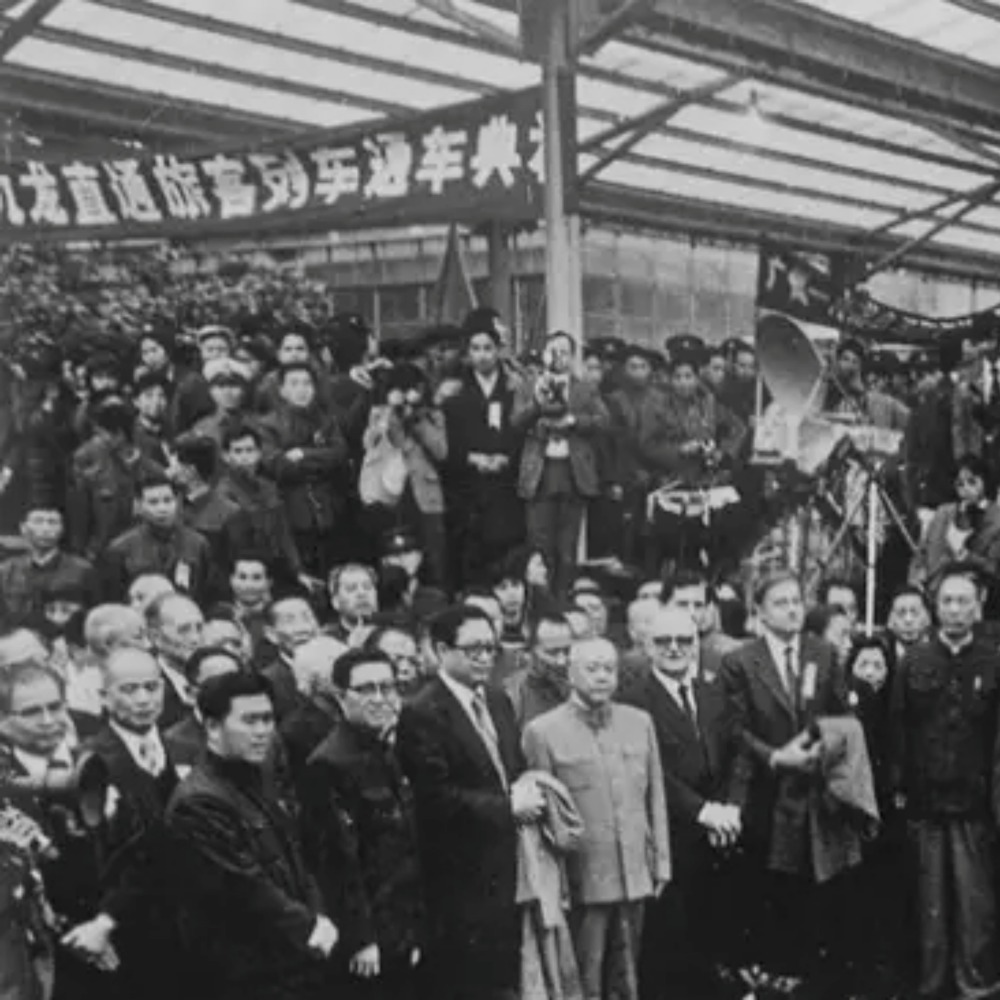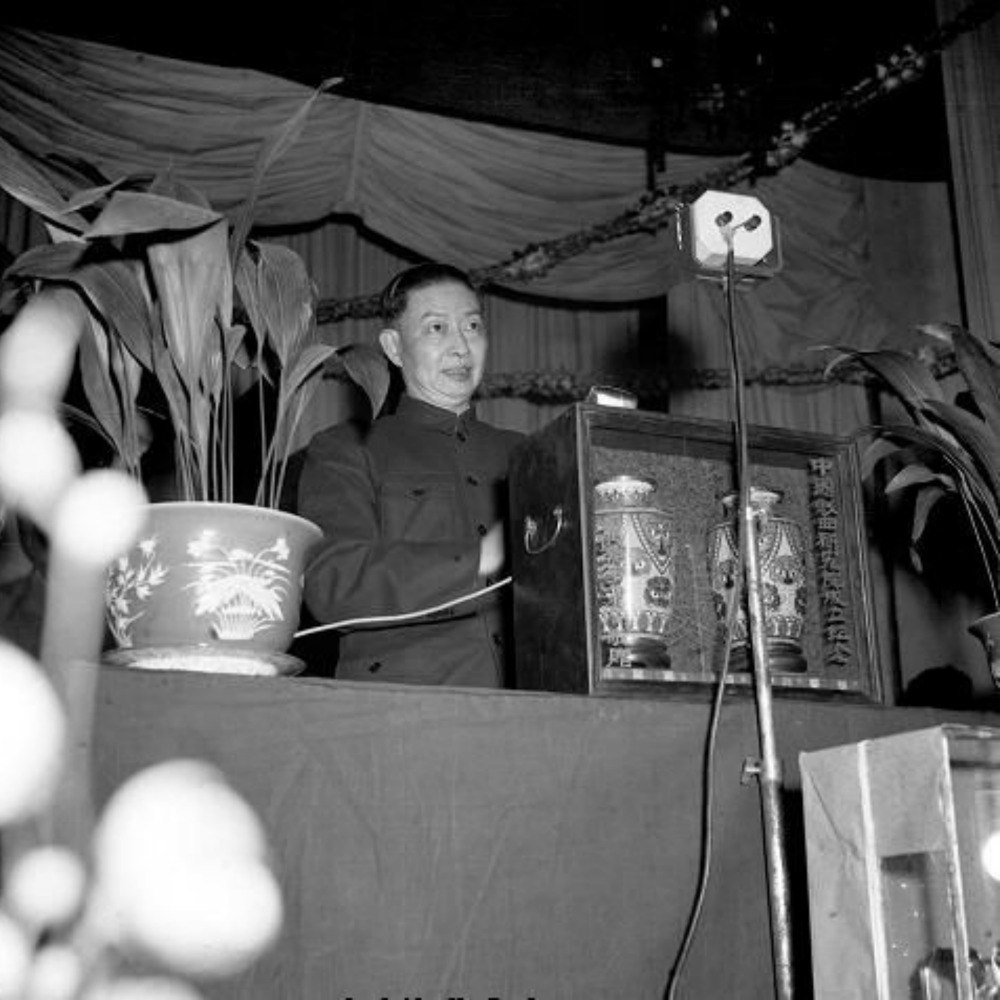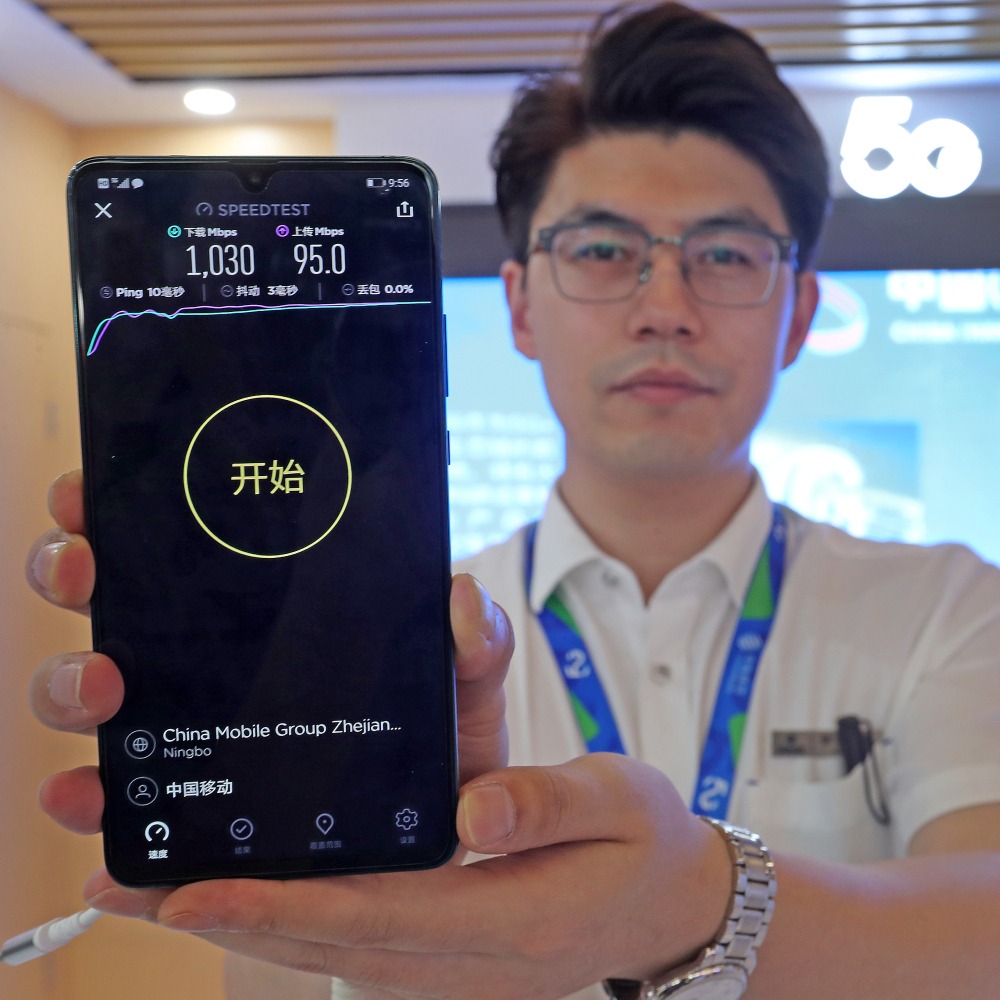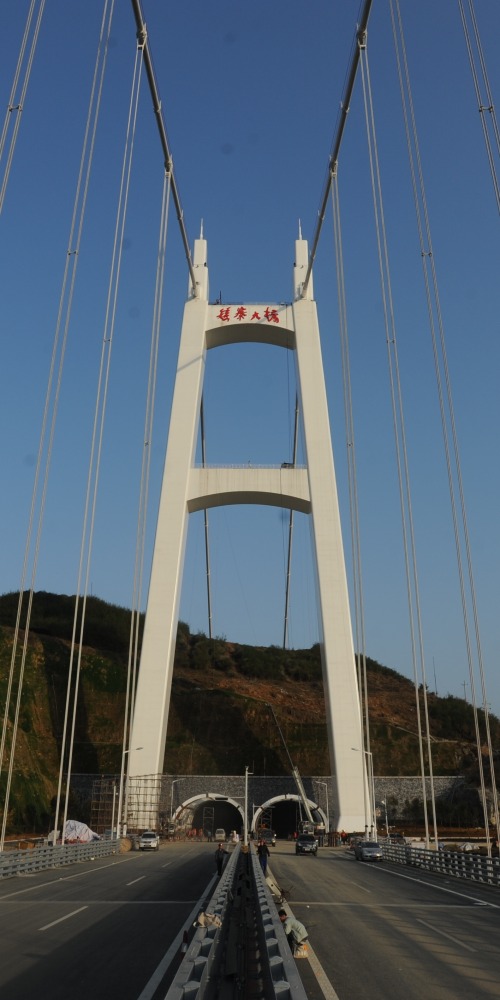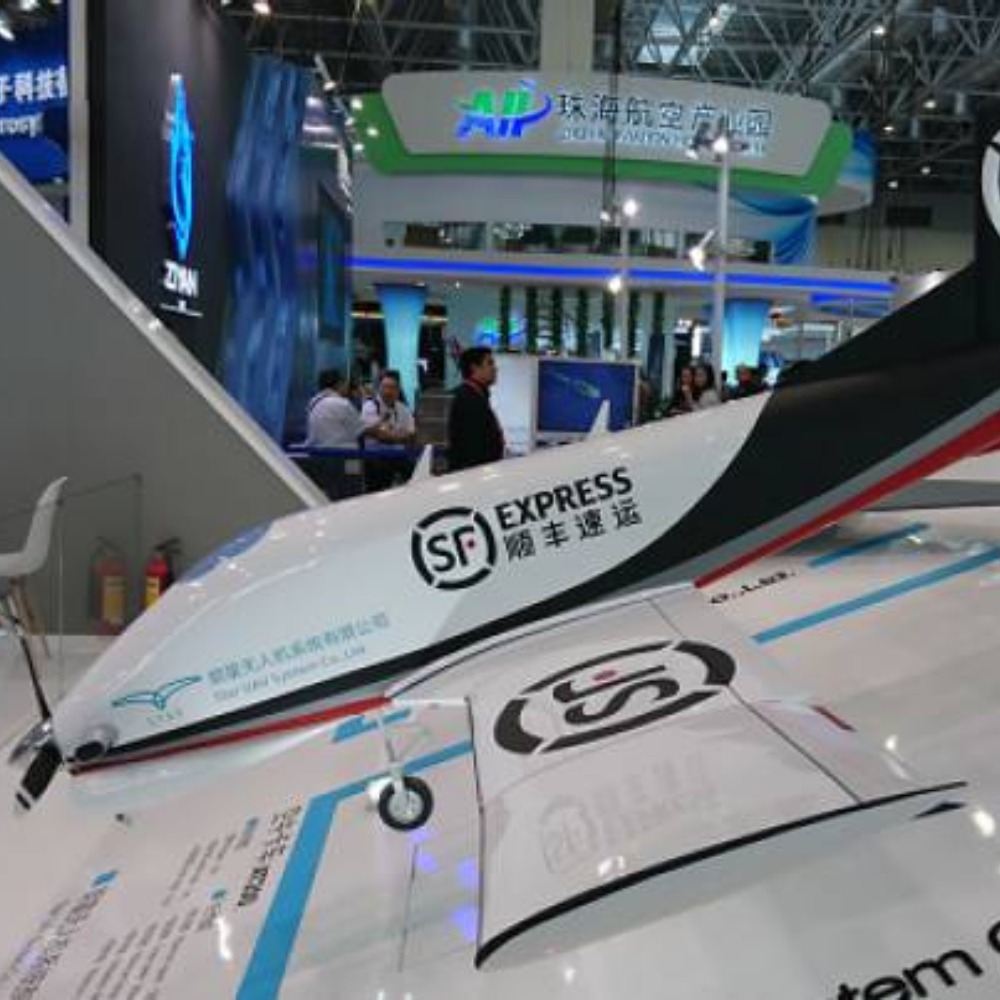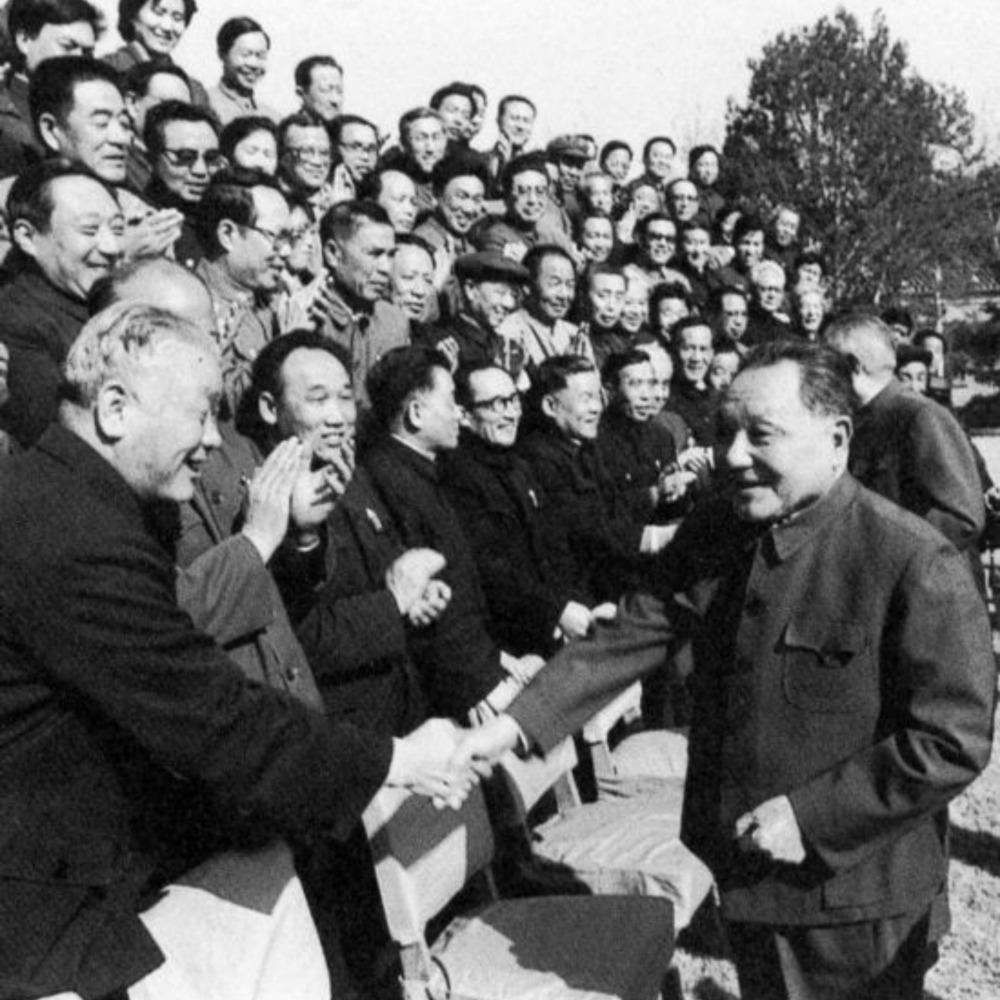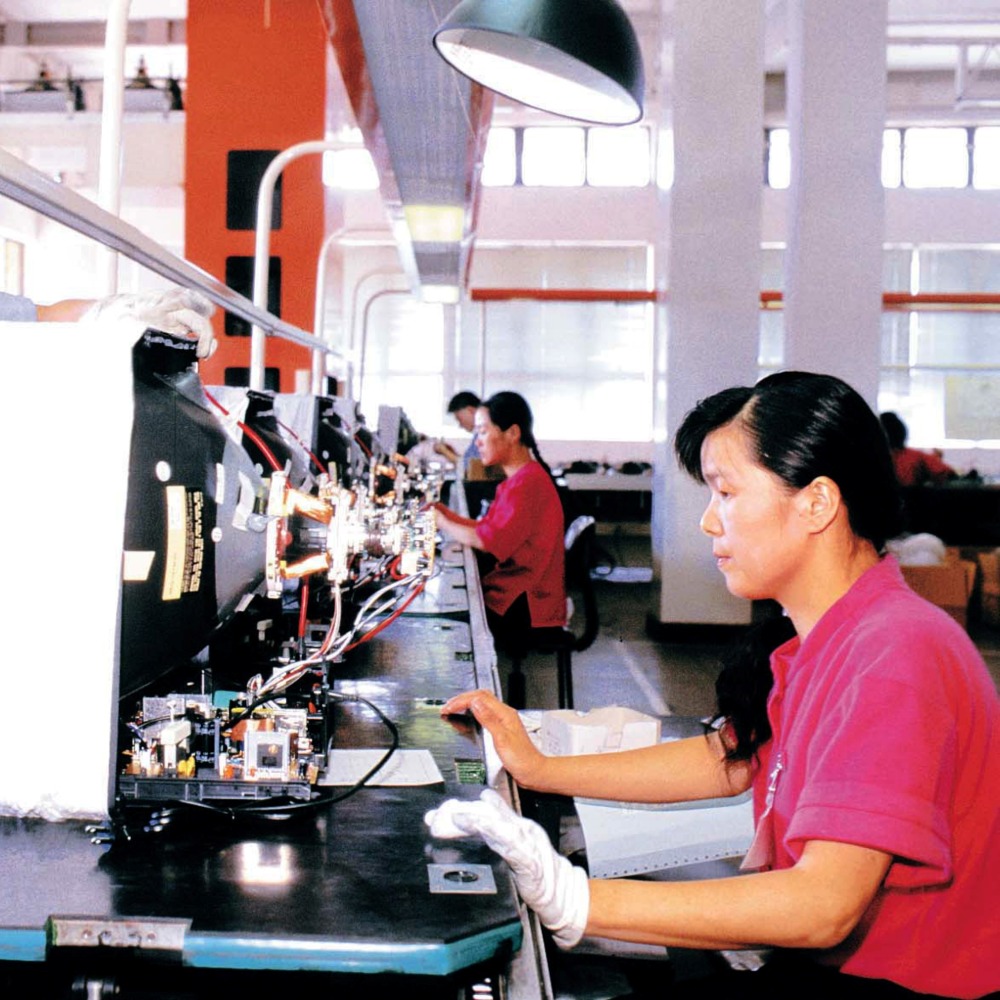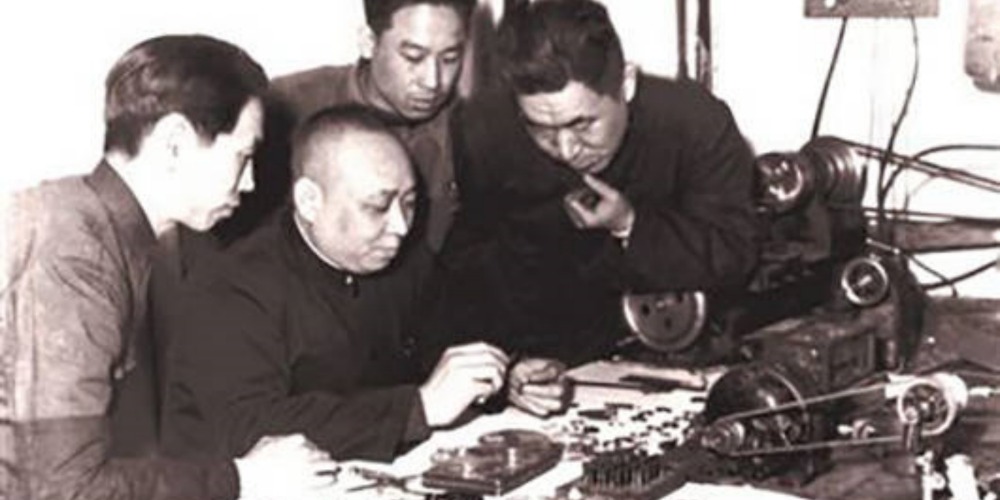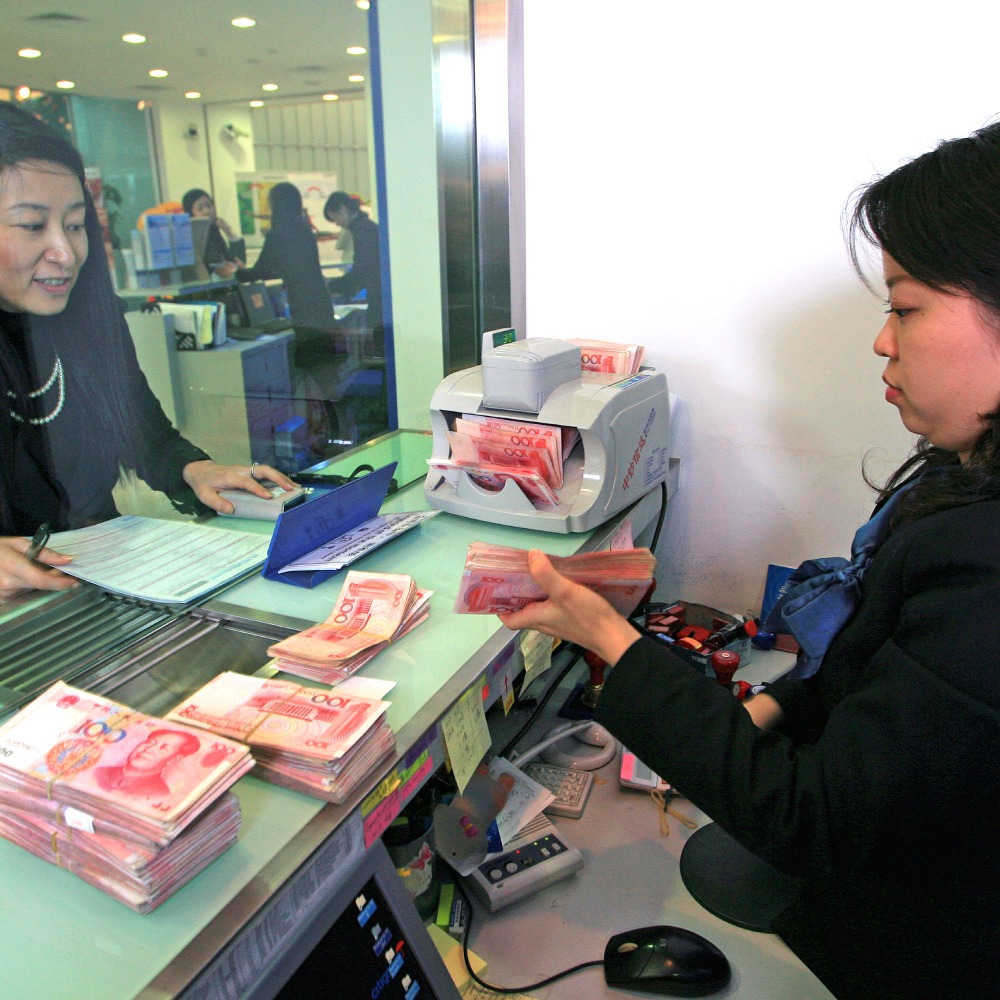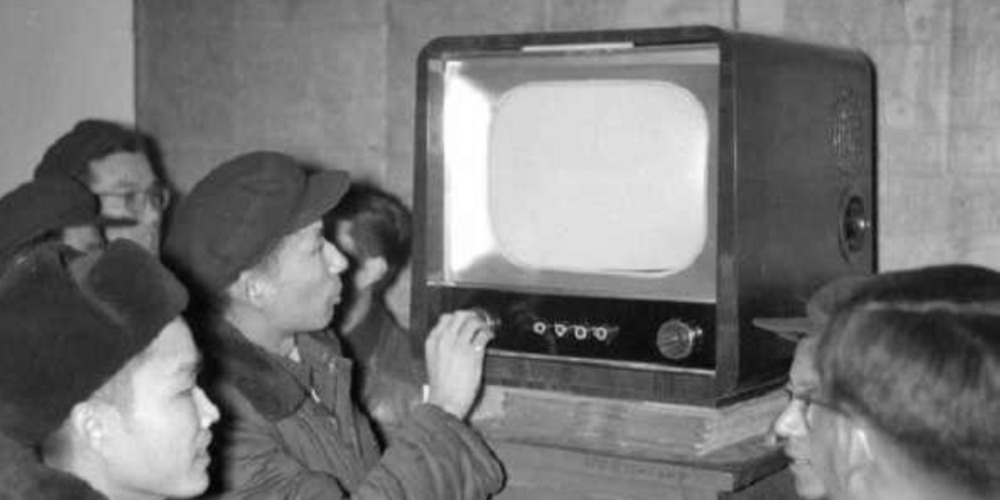Published : 2025-04-07
On April 7, 1990, China's self-developed Long March-3 carrier rocket successfully launched the AsiaSat-1 satellite at the Xichang Satellite Launch Centre.
This was the first time that China successfully used its own carrier rocket to complete the launch of a commercial satellite for a foreign client.
The predecessor of the AsiaSat-1 satellite was a geostationary orbit communication satellite designed and manufactured by Hughes Aircraft Company for Western Union, an American company.
Originally, the U.S. Space Shuttle Challenger was scheduled to carry this satellite into orbit in February 1984, but the perigee engine on the satellite failed to ignite as planned, preventing it from reaching its intended orbit and resulting in a launch failure.
Since the satellite was in good condition, it could be reused. Subsequently, Asia Satellite Telecommunications Company decided to purchase the satellite on February 24, 1988, and renamed it "AsiaSat-1."
After AsiaSat-1 was launched, it successfully entered a highly elliptical orbit with a perigee of 200 kilometres from Earth and an apogee of more than 36,000 kilometres.
The successful launch of AsiaSat-1 greatly promoted the development of broadcasting, television, and satellite communication services in various countries and regions in Asia.
It holds indelible historical significance in the development of satellite communication in Asia and marked a significant contribution to the progress of China's space industry.
